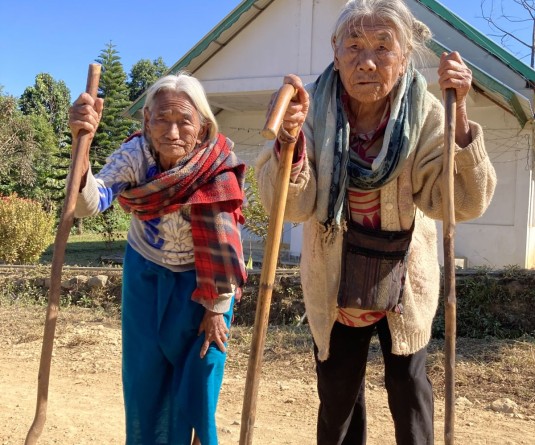
Tungshang Ningreichon
The Forum for Naga Reconciliation (FNR) was born out of necessity and it continues to be a voice that seeks to ensure that the Nagas do not remain fractured in our political efforts and aspirations. The FNR has been able to bring the warring Naga factions to a table and have done what many organizations, and appeals, could not achieve: de-escalating bloody violence and creating safe spaces. It has given a sense of security and free movement to the Naga political armed groups which were earlier confined to specific zones. It has also given hope to the people that our history and destiny is one and that our collective voice is more powerful than our brokenness.
FNR has come a long way from 14 members when it was formed in 2008 to about 34 members now, albeit not permanent. Some have left while many new members have joined, reflecting both the dynamic nature of the Forum and also an encouraging story that many people have conviction and willingness to work for healing and reconciliation in our land.
The Forum, however, is not free from various allegations. It has often been accused by several Naga political armed groups of favouring another group. The nature of the FNR’s work requires its members to meet and talk to each group separately, making them vulnerable to such suspicions. In trying to end hostility, the Forum often found itself reduced to a body on a rescue mission that negotiates issues on a case-by-case basis. The Forum is also seen by some as empowering smaller armed groups, which would otherwise have remained ineffective in Naga politics.
Ideally, the FNR should have ceased to exist with the signing of the ‘Covenant of Reconciliation’ (CoR); it was for the different groups to translate the CoR into action. The longer FNR stayed, the more complicated the process was to become and burden the FNR as it not only dealing with the practical values and ideals of Reconciliation but a more serious complex; of human relationships, power and spirituality. It is in this quagmire FNR seems to be caught today. With newer political challenges and dynamics FNR may require a different approach and treatment to move forward.
Today, if we stand by the principle of historical and political rights of the Naga people which have been the rallying foundation of the FNR - if we wish for deep healing and reconciliation not just between warring armed groups but also between tribes and borders - we must press for recognition, acceptance and implementation of a Naga Constitution and the Naga Flag; an issue that is confronting the peace process at this juncture. These symbols are the core of our identity, security and future.
A Naga Constitution will tell of who we are, what is different and distinct about us as a people who defend land with lives. It will guide us on how we practice democracy and justice from ancient times, evolving our politics with changing times and demands. It will direct us to the future and will carry the vision of all- the old and the young alike.
Likewise, the Naga Flag will tell the story of the struggle of the Naga peoples’ journey. It is the emblem that embraces us all, and does not distinguish us as tribes and factions, instead proclaiming us as a nation beyond existing borders.
FNR must take the lead and help collate and collage our collective dreams under this Rainbow and the Star of David! Healing and Reconciliation as a people will then take a new leap.
Tungshang Ningreichon is a Naga mother based in Delhi. She walks with Naga Peoples’ Movement for Human Rights.




